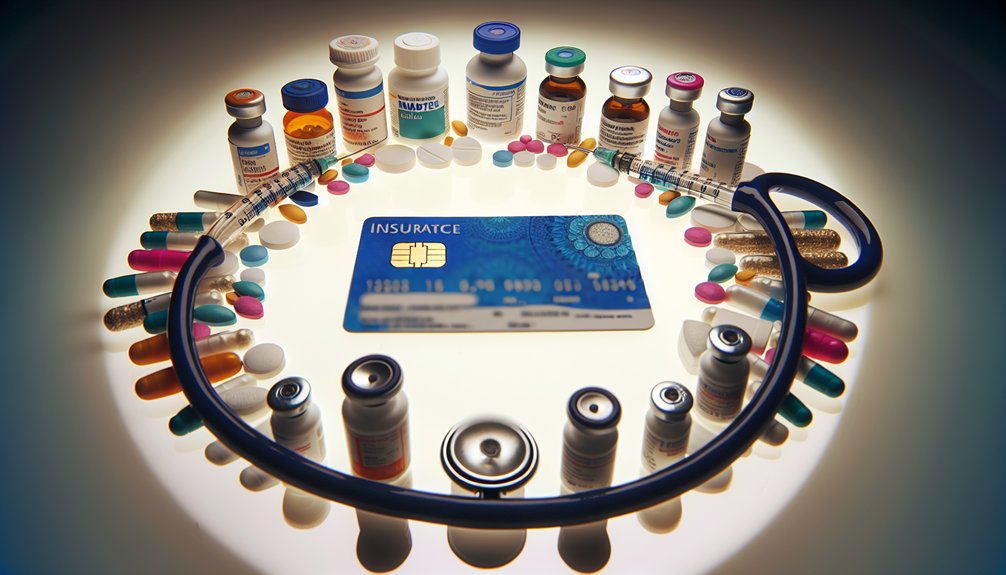Maneuvering insurance coverage for diabetes drugs can feel overwhelming, especially with so many changes affecting access and costs. Millions may find themselves unsure about their options. For some, brand-name medications become harder to get, while generics offer new hope. Older adults often bear rising costs, making budgeting tough. Yet, recent laws help, capping insulin prices and increasing support. The journey may be complex, but there’s light ahead. Discovering the details can lead to better choices and care.

What does it mean to have access to the right diabetes medications when you need them the most? For many, it’s the difference between managing their health and feeling lost in a sea of uncertainty.
In 2025, the landscape of diabetes medication coverage changed dramatically. While 23 million more people gained access to generic liraglutide, over 41 million lost coverage for brand-name Victoza. It’s a tough pill to swallow. Although medications like Wegovy and Zepbound boasted high insurance coverage, the hurdles patients face have only grown. Restrictions for GLP-1 and GIP agonists became more common, with many needing to jump through hoops just to get what they need.
In 2025, diabetes medication coverage shifted drastically, leaving millions navigating new challenges to access essential treatments.
As people age and shift to Medicare, the financial burden can become heavier. Those over 65 saw mean quarterly out-of-pocket costs for diabetes drugs rise considerably, with an increase of quarterly out-of-pocket costs by $23.04 at age 65. With nearly 16 million older Americans living with diabetes, the stakes are high. Recent advances in combination drugs like Xigduo XR and Synjardy offer improved blood sugar control while supporting cardiovascular health. This situation is further complicated by CVS Caremark’s recent removal of older drugs in favor of newer products and generics, which may limit options for some patients new products and generics.
Medicare Part D can be a mixed bag. While it offers essential coverage, the cost-sharing structure can make medication adherence feel like an uphill battle. In contrast, commercial insurance provides more predictable out-of-pocket maximums, making it easier to plan financially.
The Inflation Reduction Act introduced some relief, capping insulin costs at $35 a month, a welcome change for many. With the gradual closing of the coverage gap and increased low-income subsidies, hope flickers on the horizon.
Yet, even as some barriers fall, others rise. Insurance restrictions on medications like Ozempic and Victoza are tightening, leaving patients to navigate a complex web of prior authorizations.
And then there are Pharmacy Benefit Managers (PBMs), who play a considerable role in determining drug availability. With recent formulary changes, patients may find themselves facing more limitations.
Despite these challenges, a collective hope remains that through advocacy and awareness, the path to affordable diabetes care will become clearer. After all, everyone deserves the chance to manage their health effectively.
